Methodology
Discover how The Harmony Model can help you structure your business for maximum scalability and sustainability.
Most growing companies plateau or burn out, at the mercy of increasing complexity.
If the first challenge for any company is product-market fit, structuring efficient and sustainable operations is the subsequent one.
“The real difficulty is not achieving results, but achieving them fast and sustaining them long-term.”
The Problem: Chaos
Your business wasn’t meant to become a big hamster wheel (with you inside).
The skill-set that brought you from 0 to 1, won't help for the next levels of growth.
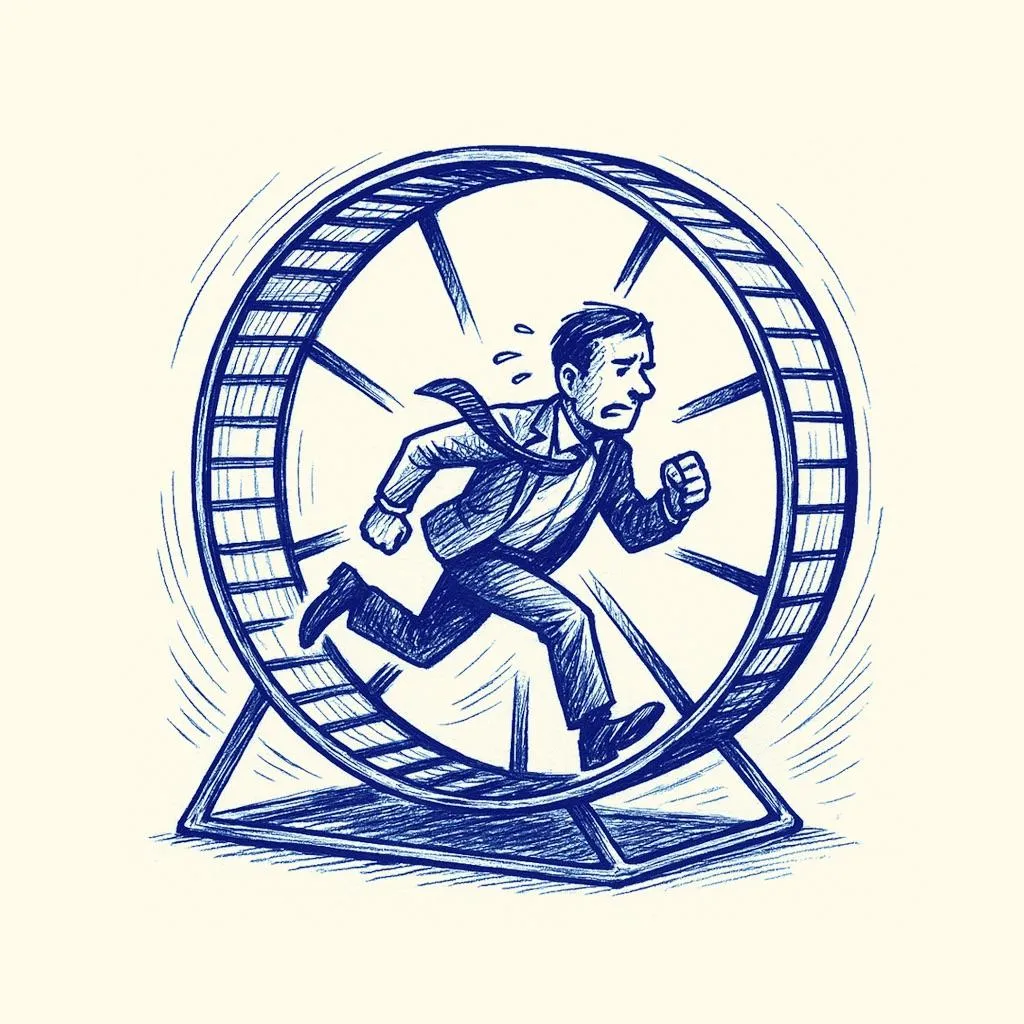

Why This Happens
Natural complexity growth as a business scales
Redundancy of unnecessary components
Lack of preparation for scale
Systems not evolving as the business does
More sales, work, tools and people... won't solve the problem.
Just like you can't force new water into the same full glass!

The only solution is an upgrade in structure.
The need for structure commonly emphasizes around the $500K+/year revenue mark.
The Goal: Harmony
Harmony means maximum leverage from all activities and investments, without sacrificing control, personal health and relationships.
We can apply leverage on just three dimensions: time, energy, and money.
“A well-organized 1+1 doesn't equal 2.”
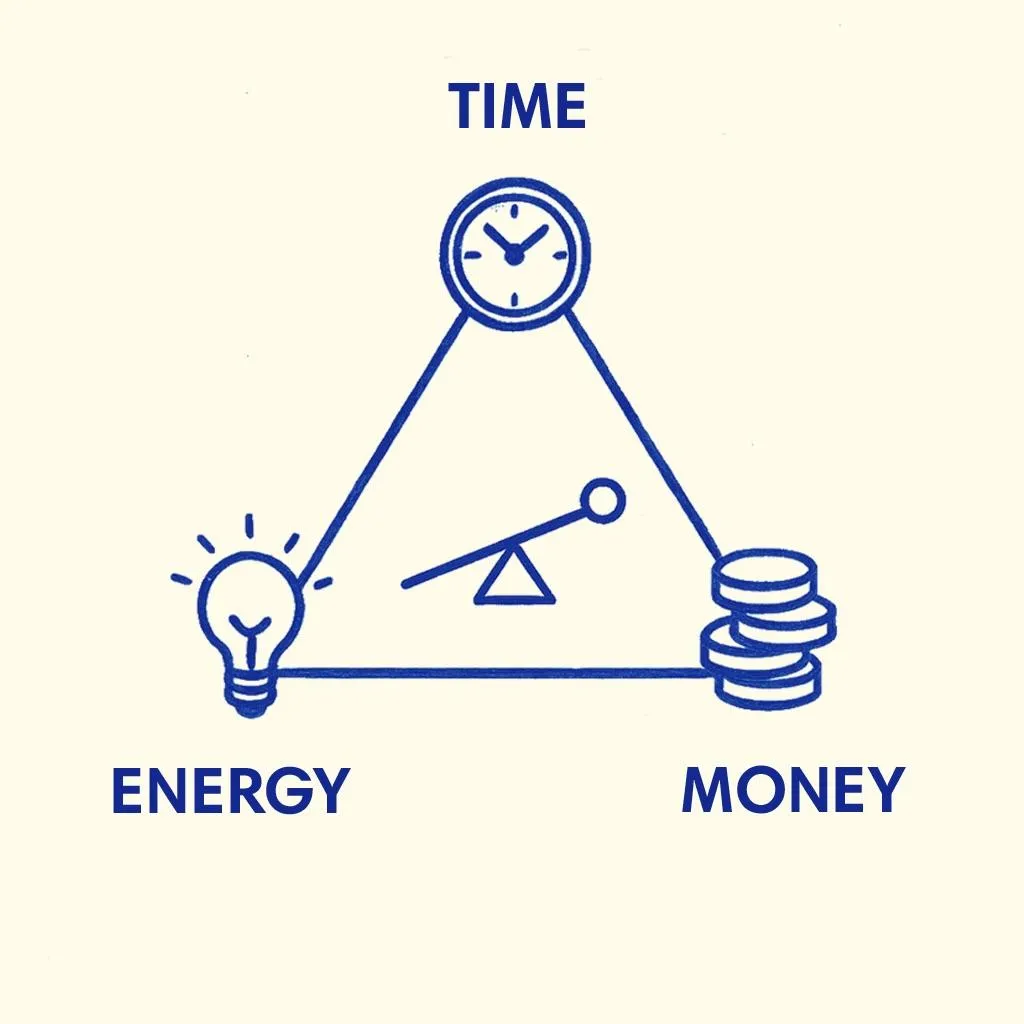
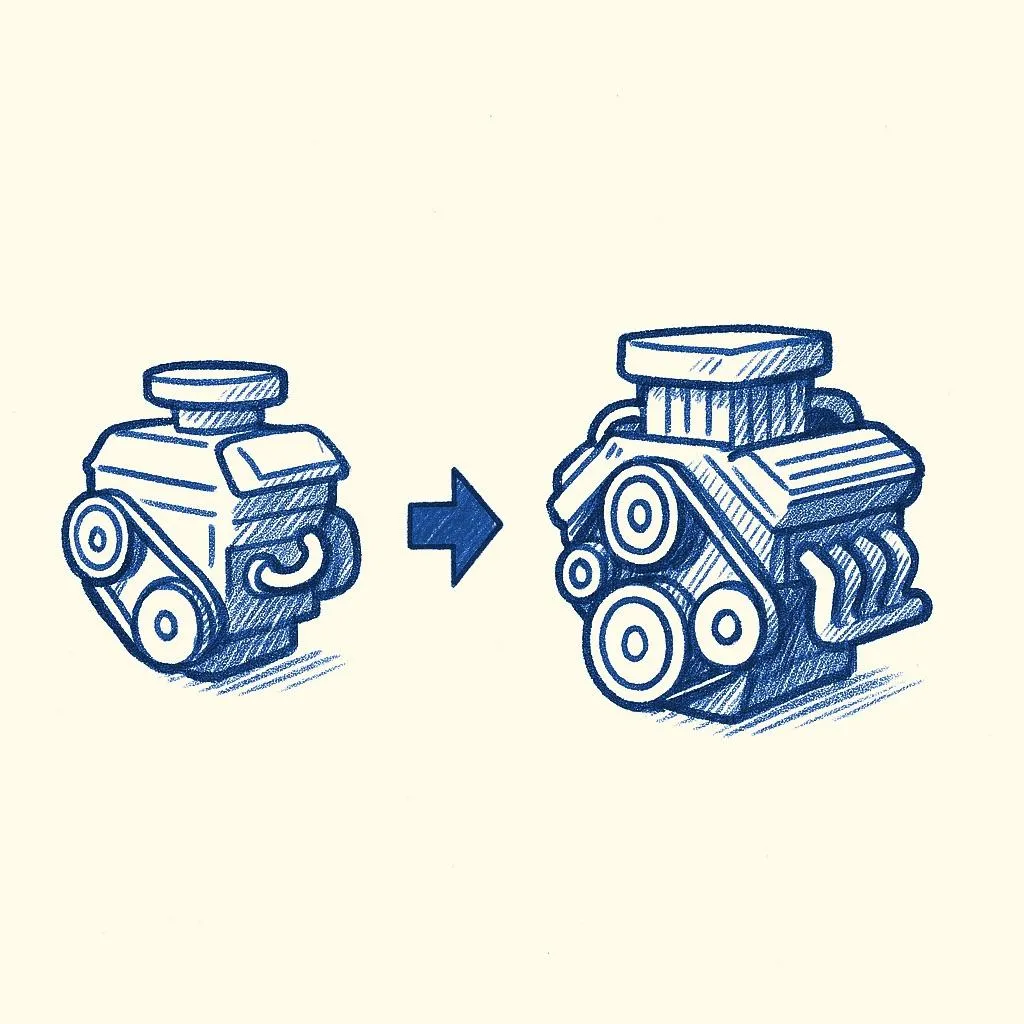
Building the right environment for your activities to happen, will multiply the resulting leverage.
Renovating internal structure is similar to changing one car's engine with a more powerful one. — The fuel is the same, but the output is different.
“Different how's lead to different outcomes.”

Is your current structure ready for scale?
Take the Free Organizational Health Check
The Solution: Intelligent and Adaptive Order
A functional rearrangement of components often unlocks new capabilities.
Functional means:
Designed for the entrepreneur's main goal: different objectives lead to different companies
Human and culture first: people are the core component of the system
Modular and replicable: there is no scale without standardization
Everything is a part of everything: no component ever lives in its own "silo"
Order is the best way to transform complexity into comprehensible simplicity.
“You don't scale by doing more, you scale by doing different.”

The Foundations of The Harmony Model
Great systems can enable average people to outperform geniuses.
And every great system is built on great principles.
Chasing the maximum focus for every team member
Human memory is unreliable
Emotions are part of the game
Interruption is enemy
Gamification is a catalyst for quality and candor
Maximum efficiency is balance, with space for errors and improvements
Shared language and style eliminate misunderstanding
Speed is the utmost competitive advantage
“The best businesses don’t chase growth—they prepare for it.”
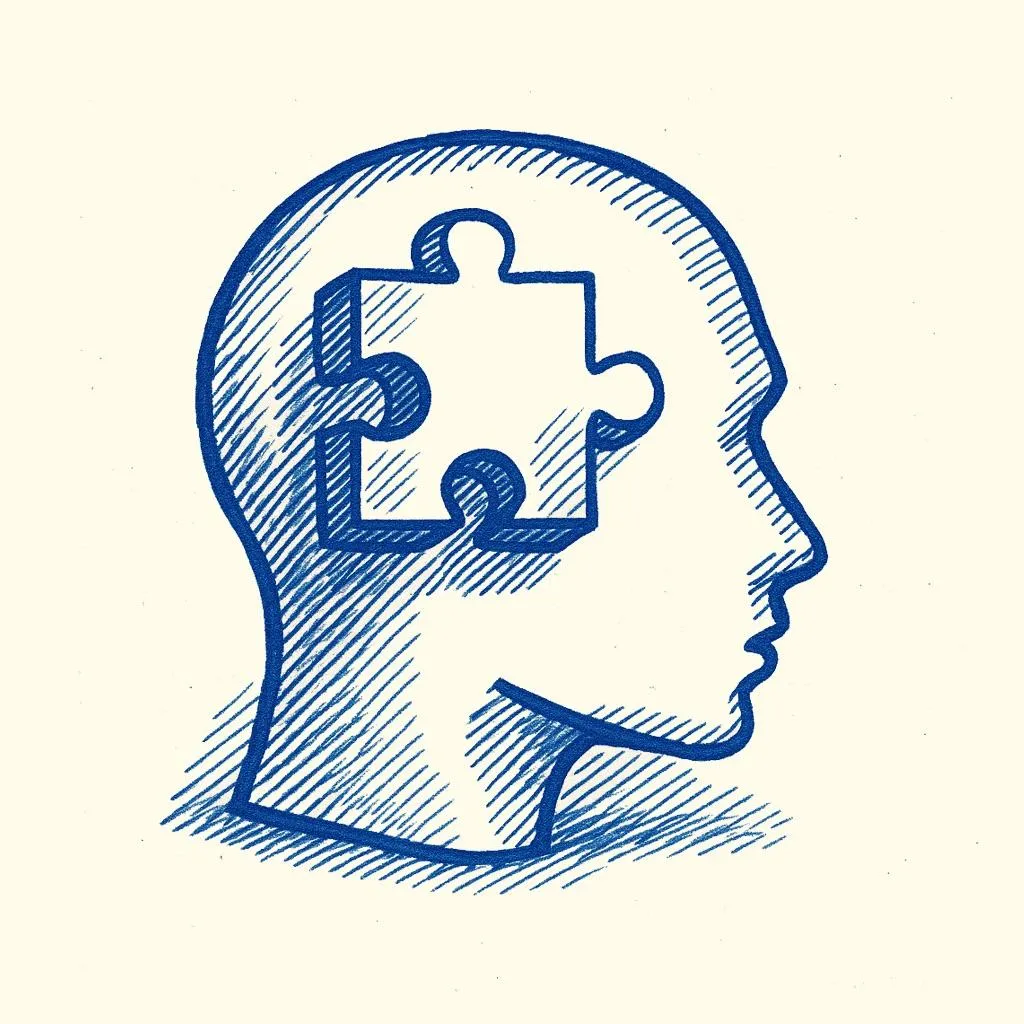
Start building your structure on these principles.
Implementation Process
We believe that an organization structure will always be best-fixed from top to bottom.
Implementing The Harmony Model is a matter of re-allocating attention, time, capital, people around new values, principles, tools and procedures.
Areas of intervention include (but are not limited to):
Departments and roles logic for contextual order
Tracking systems, KPIs and reporting for all-time-control
Internal communication frameworks and rules for zero downtimes and delays
Hiring and onboarding systems for talent acquisition and retention
Planning and project management for smooth execution
Client fulfillment structures for retention, referrals and reviews
File storage and naming structures to help the team always find what they need
Tools stack and technology for maximum leverage and speed
Processes standardization and automation
Powerful culture creation for maximum team accountability and alignment
The Harmony Model doesn’t just fix what’s broken. It redesigns how your business operates — so you can scale without breaking, lead without burning out, and operate without firefighting.
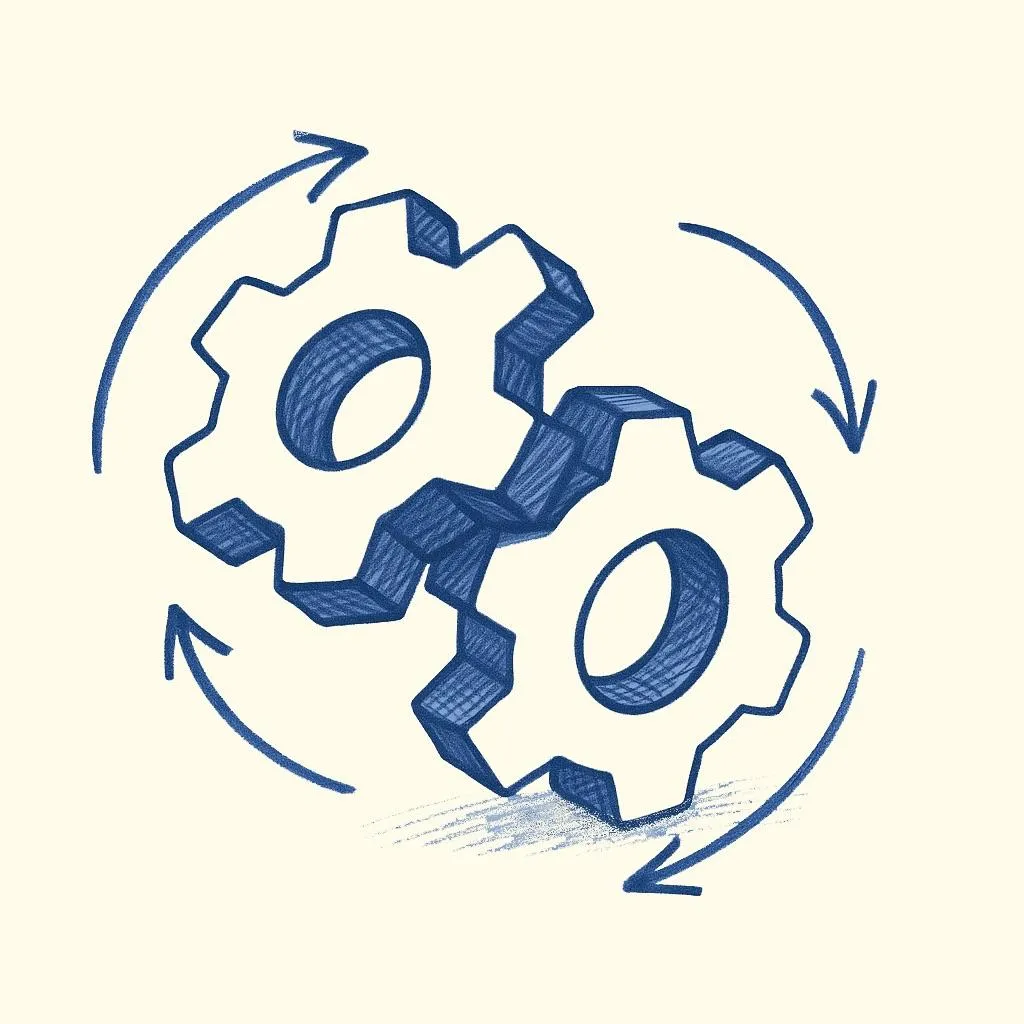
If you’re serious about scaling without chaos — You don’t need more hustle. You need a better system.
F.A.Q.
What kind of companies is this NOT suitable for?
This isn’t for startups, solopreneurs, or businesses without validated offers. The Harmony Model works best for online businesses doing at least $500K/year with established teams, offers, and delivery processes.
Does The Harmony Model work for agencies, coaches, or e-commerce?
It’s been tested primarily in service-based businesses—especially consulting firms, agencies, and coaching businesses. However, the core principles (structure, flow, clarity, leverage) are universal and adaptable. If your business has people, tools, workflows, and customers—it applies.
Will this work if my business is mostly remote / async?
Absolutely. In fact, The Harmony Model is especially suited for remote-first companies. It introduces structure, visibility, and accountability—without needing micromanagement or endless meetings. It brings clarity and rhythm even when your team is spread across time zones. Certainly, it works all for traditional office teams and hybrid solutions.
Will this require a lot of time from me or my team?
Not at all. The process is designed to be lean and efficient. You’ll be involved in key decisions early on, but most of the heavy lifting is handled for you—or with you—based on the Solution you choose.
How is The Harmony Model different from EOS or other ops frameworks?
The Harmony Model was born inside a fast-scaling 8-figure digital-first business—not a corporate boardroom. It’s lean, adaptive, and tailored specifically to modern online companies.
Unlike EOS, which focuses heavily on leadership roles and high-level rhythms, The Harmony Model drills down into structure, roles, flows, and tools—translating strategy into streamlined execution across every department.
EOS and similar systems are generic and often hard to implement fully in fast-moving online businesses. The Harmony Model is tailored to the unique needs of digital businesses scaling from $500K to $10M+—leaner, faster, more practical.
Do I need to have a team already to implement this?
It depends. While you don’t need to have a large team already, the model is built to optimize collaboration, role clarity, and output across people. If you're solo or just getting started with hiring, you'd benefit more from a simplified foundation, setting the context for future hiring. The Harmony Model begins making a real impact when you’ve moved beyond 10-15 people and complexity starts showing up.
What if I already have SOPs, but things still feel messy?
That’s common. SOPs alone don’t create harmony. They often solve isolated tasks but don’t address structural inefficiencies, communication gaps, or role confusion. Harmony connects everything—people, workflows, and tools—into a cohesive system designed to reduce friction and increase performance across the board. When Harmony is set in place, SOPs will naturally emerge from aligned team members.
Is this a one-time restructuring, or a permanent operating system?
Harmony is both a framework and an operating philosophy. The core implementation is finite and focused, but it leaves you with a long-term system—one you can evolve as the business scales. You’ll build a modular architecture that sustains and adapts to growth without burning out people or breaking the backend.
Can my current team implement this, or do I need to hire more people?
Usually, your current team is enough. Harmony isn’t about hiring more—it’s about doing better with what you already have. In many cases, it helps avoid over-hiring by improving delegation, accountability, and clarity. The goal is leverage, not bloat.
What kind of results should I expect, and how fast?
You’ll start seeing results immediately—often within the first week. The initial work focuses on re-structuring departments and clarifying metrics, giving you a completely new perspective on your business. This alone helps identify critical priorities and unlock fast, founder-level clarity.Full implementation across team members, workflows, and tools typically rolls out over 30 to 60 days. That’s when the entire company begins to experience the effects: smoother execution, better alignment, and reduced bottlenecks—setting the foundation for sustainable scale and freedom.
How long does implementation usually take?
It depends on the complexity of your business, but the core setup is typically done within 30–60 days, with clarity already from the first week. You’ll see incremental results along the way, and the model is built to self-sustain after initial deployment. For some, it’s a one-time intervention; for others, it becomes an ongoing partnership.
Can I see examples of companies that have applied this?
Yes. You can explore real-world results in the Proof page—revenue growth, team expansion, sales performance, and founder testimonials from companies that implemented The Harmony Model. We only speak from experience.
Ready to harmonyze your business?
Start with our Free Assessment:
The Organizational Health Check
Find out if your company structure is ready for 8-figures.
You don't scale by doing more, you scale by doing different.
Copyright © 2025 The Harmony LLC. All rights reserved.
By using this website, you agree with our Privacy Policy & Cookie Policy.